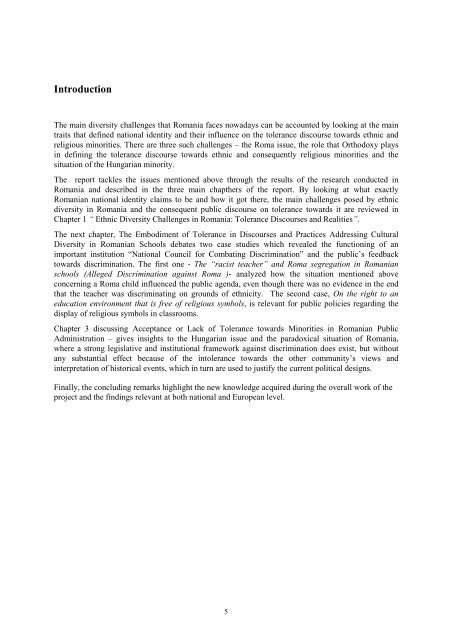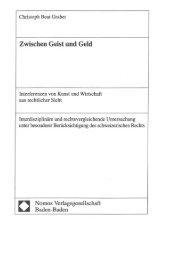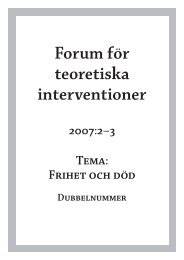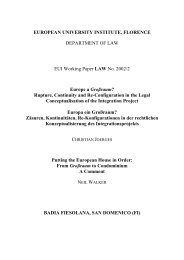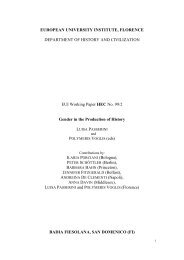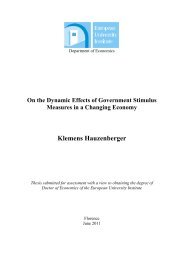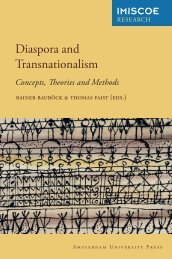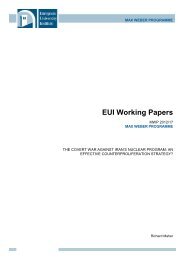Sinziana-Elena Poiana Ioana Lupea Irina-Madalina Doroftei Alina ...
Sinziana-Elena Poiana Ioana Lupea Irina-Madalina Doroftei Alina ...
Sinziana-Elena Poiana Ioana Lupea Irina-Madalina Doroftei Alina ...
You also want an ePaper? Increase the reach of your titles
YUMPU automatically turns print PDFs into web optimized ePapers that Google loves.
Introduction<br />
The main diversity challenges that Romania faces nowadays can be accounted by looking at the main<br />
traits that defined national identity and their influence on the tolerance discourse towards ethnic and<br />
religious minorities. There are three such challenges – the Roma issue, the role that Orthodoxy plays<br />
in defining the tolerance discourse towards ethnic and consequently religious minorities and the<br />
situation of the Hungarian minority.<br />
The report tackles the issues mentioned above through the results of the research conducted in<br />
Romania and described in the three main chapthers of the report. By looking at what exactly<br />
Romanian national identity claims to be and how it got there, the main challenges posed by ethnic<br />
diversity in Romania and the consequent public discourse on tolerance towards it are reviewed in<br />
Chapter 1 “ Ethnic Diversity Challenges in Romania: Tolerance Discourses and Realities”.<br />
The next chapter, The Embodiment of Tolerance in Discourses and Practices Addressing Cultural<br />
Diversity in Romanian Schools debates two case studies which revealed the functioning of an<br />
important institution “National Council for Combating Discrimination” and the public’s feedback<br />
towards discrimination. The first one - The “racist teacher” and Roma segregation in Romanian<br />
schools (Alleged Discrimination against Roma )- analyzed how the situation mentioned above<br />
concerning a Roma child influenced the public agenda, even though there was no evidence in the end<br />
that the teacher was discriminating on grounds of ethnicity. The second case, On the right to an<br />
education environment that is free of religious symbols, is relevant for public policies regarding the<br />
display of religious symbols in classrooms.<br />
Chapter 3 discussing Acceptance or Lack of Tolerance towards Minorities in Romanian Public<br />
Administration – gives insights to the Hungarian issue and the paradoxical situation of Romania,<br />
where a strong legislative and institutional framework against discrimination does exist, but without<br />
any substantial effect because of the intolerance towards the other community’s views and<br />
interpretation of historical events, which in turn are used to justify the current political designs.<br />
Finally, the concluding remarks highlight the new knowledge acquired during the overall work of the<br />
project and the findings relevant at both national and European level.<br />
5


